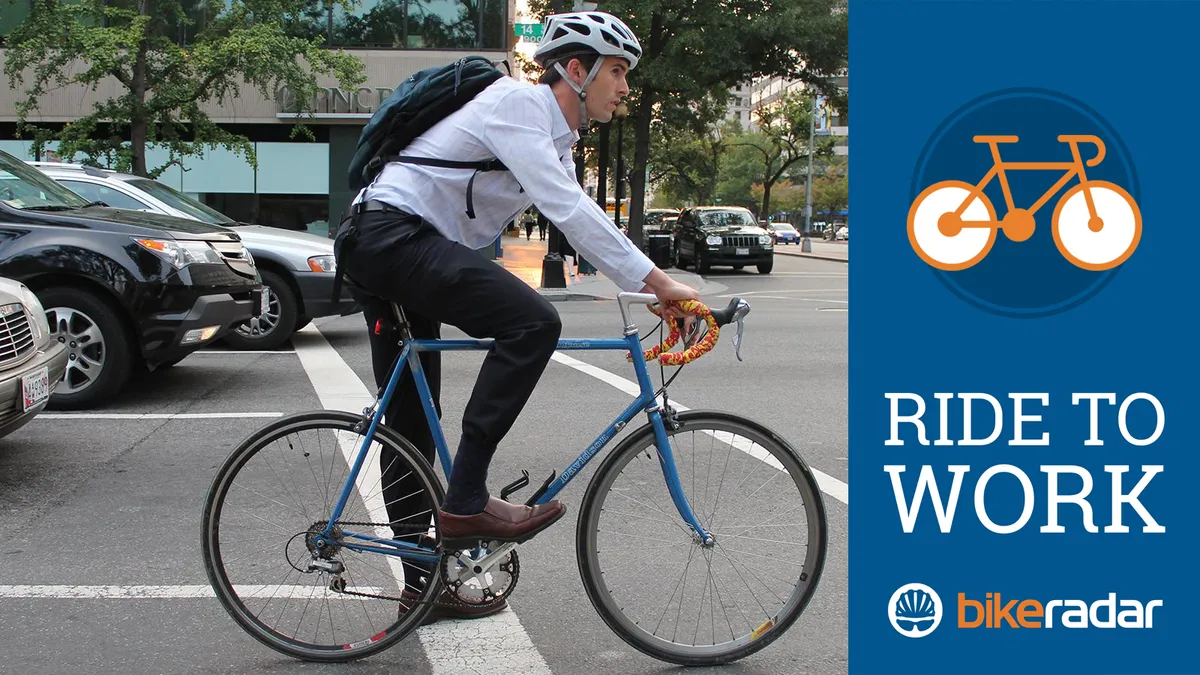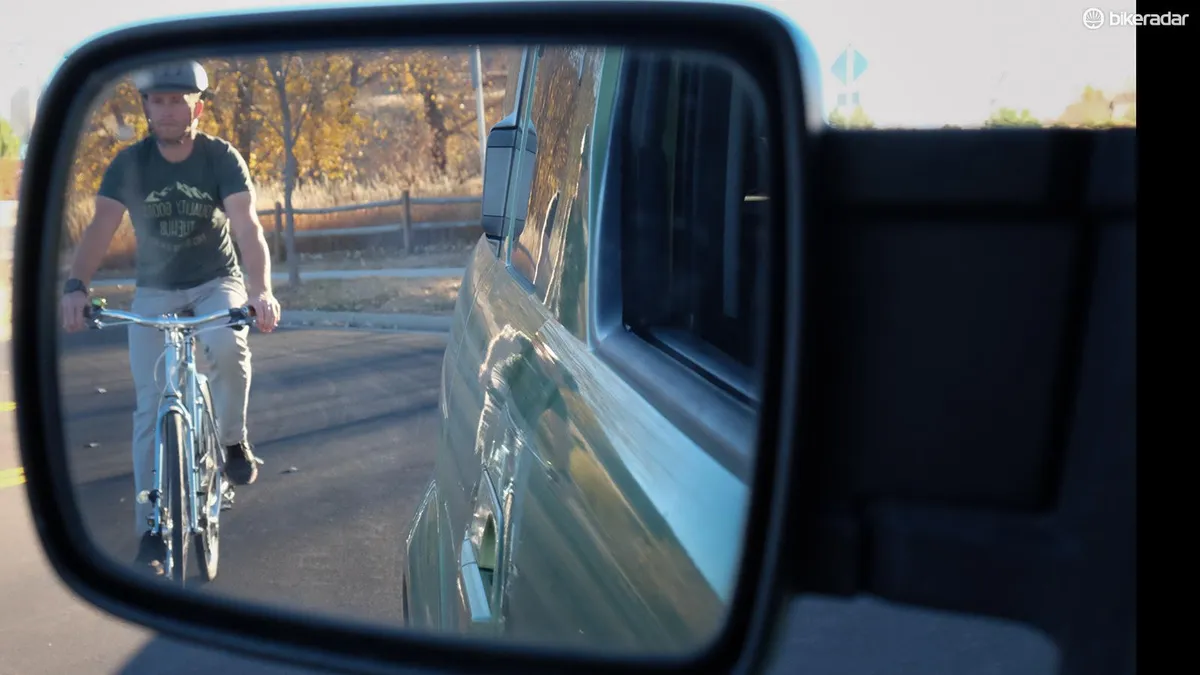It would be great to be able to ride bikes all day, but most of us have jobs and responsibilities that require us to spend nearly as much, if not more, time behind the wheel of a car than on a bicycle. And as a cyclist, there are few things you can do while driving to make roads safer.
Here are five things I’ve started doing in an effort to make roads safer for other cyclists.
1. Give cyclists a full lane when you pass
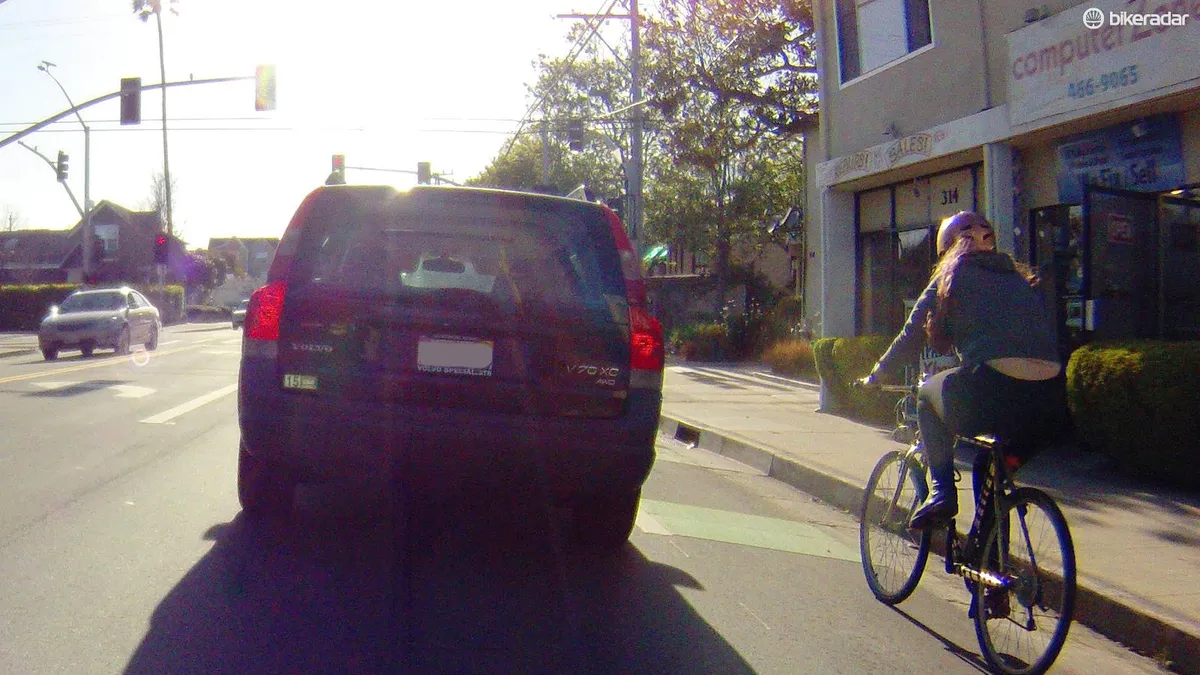
Thankfully, many municipalities now have laws that require vehicles to give cyclists a minimum of 3ft/1m when passing. Keep in mind that three feet is a minimum safety requirement and that passing a cyclist as you would any other vehicle will improve safety.
So don’t be a sheep; be the Border Collie — "herd" other motorists in the direction you want them to go. Take the initiative and give fellow cyclists the lane when you pass them and drivers behind you will feel inclined to do the same.
This will also reinforce the concept that bicycles are entitled to the same respect as all other vehicles.
2. Think like a cyclist, not a driver

When behind the wheel, try thinking like a cyclist. It may prevent a crash.
Reflect on how much time you spend attempting to predict the behavior of drivers while riding in traffic and act accordingly.
One of the most common car/bike crashes is the “right hook” (alternately known as the left hook for our UK and Australian readers). It occurs when a vehicle overtakes and then turns directly in front of a cyclist who is continuing straight.
Signal far in advance of your turns and keep checking your mirrors for cyclists you’ve passed, and keep in mind that when you’re on a bicycle you're faster than many motorists think.
3. Practice and preach the 'Dutch Reach'
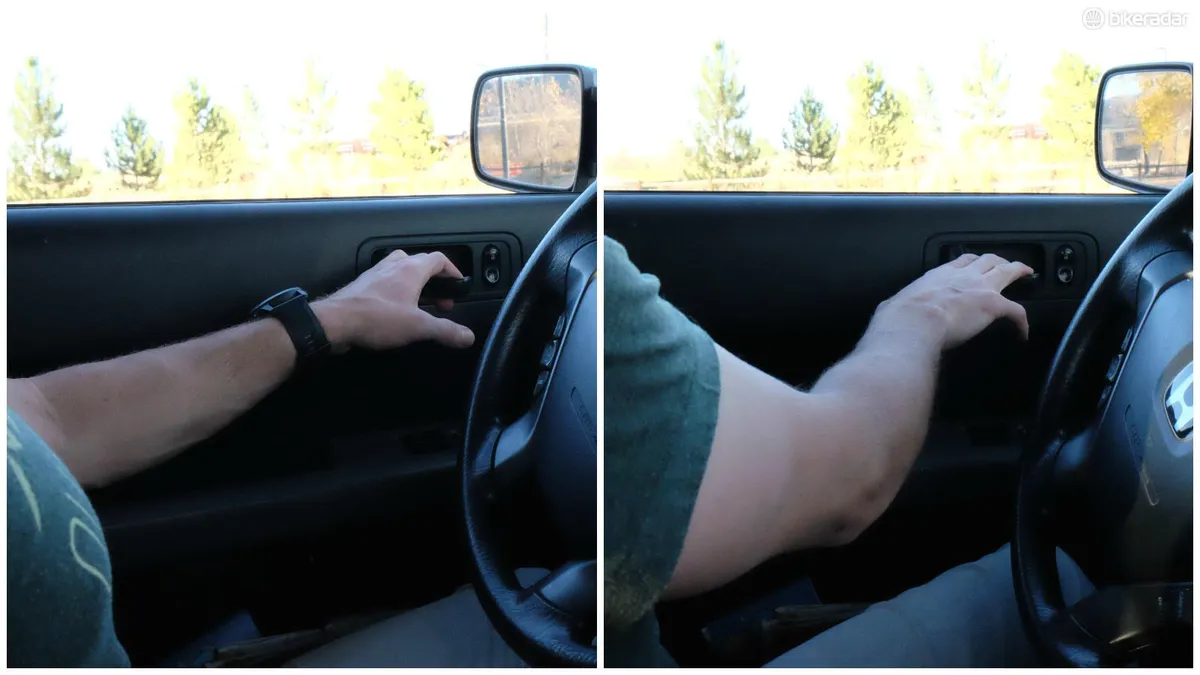
If you’ve even been 'doored' or had to swerve away from a driver opening their car door without checking for oncoming traffic, then you will appreciate this maneuver.
Don’t reach for your car’s door handle with the hand next to the door. Use the hand opposite the door so that you’re reaching across your body. This movement requires you turn your torso, which makes it easier to glance over your shoulder for oncoming bicycles, pedestrians and cars.
It’s worth noting that the reach portion of this action is secondary to making it easier to check the rear-view mirror and look behind you while exiting the vehicle.
The name 'Dutch Reach' comes from the fact that people in the Netherlands are taught this movement as a matter of course in driver’s education.
This is the hardest piece of advice to follow on this list, because it involves relearning a behavior based largely on muscle memory.
4. Be an advocate
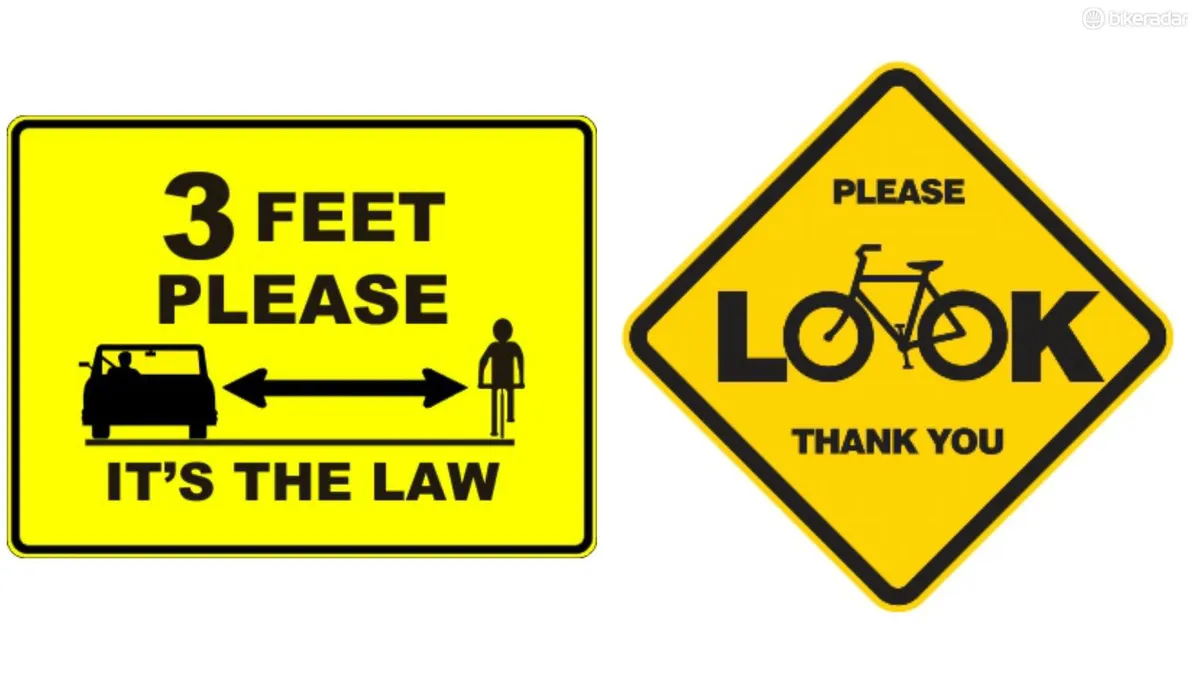
Small gestures can have an impact. Wave to a passing cyclist; let them know they’re welcome on the roads you share.
If bumper stickers are your thing, you can let other motorist know you support the rights of cyclists to share the road.
Last but not least, being a cycling advocate does not mean giving other cyclists a free pass on obeying the law. Case in point: if you’re at a four-way stop and you have the right of way, don’t motion for a cyclist to go ahead because you want to be nice. This creates confusion, which can create accidents.
5. Be a witness
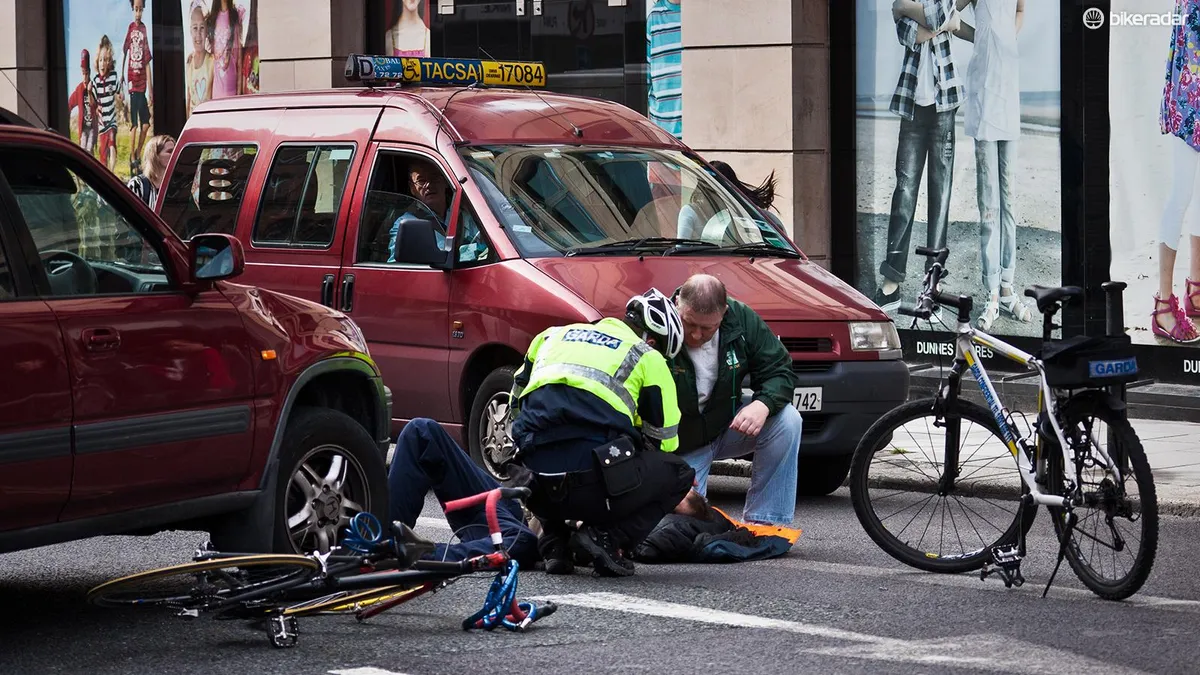
If you see a driver making a risky pass on a cyclist, “rolling coal” (emitting giant plumes of black smoke) or attempting to intimidate a cyclist do your best to get their license plate number.
Likewise, if you see an altercation or collision, take note of your surroundings and share your information with the cyclist and the authorities.
- Sponsored: UK readers — can you go the extra mile this summer? By running or cycling to work you can be a part of Red Bull’s UK-wide Million Mile Commute. Join the club in Strava to be eligible for a Red Bull sample kit to set you on your way. Don’t forget to share your commutes by tagging @RedBullUk and use #MillionMileCommute

